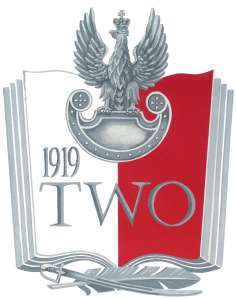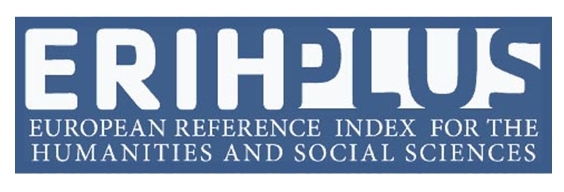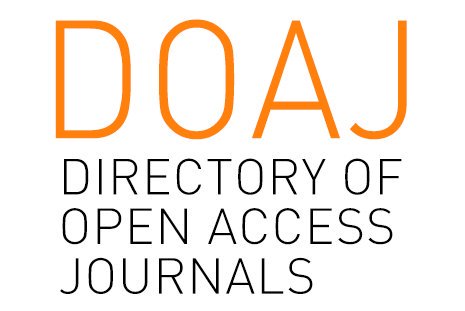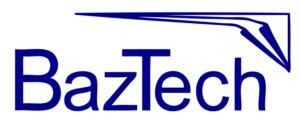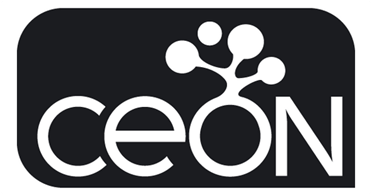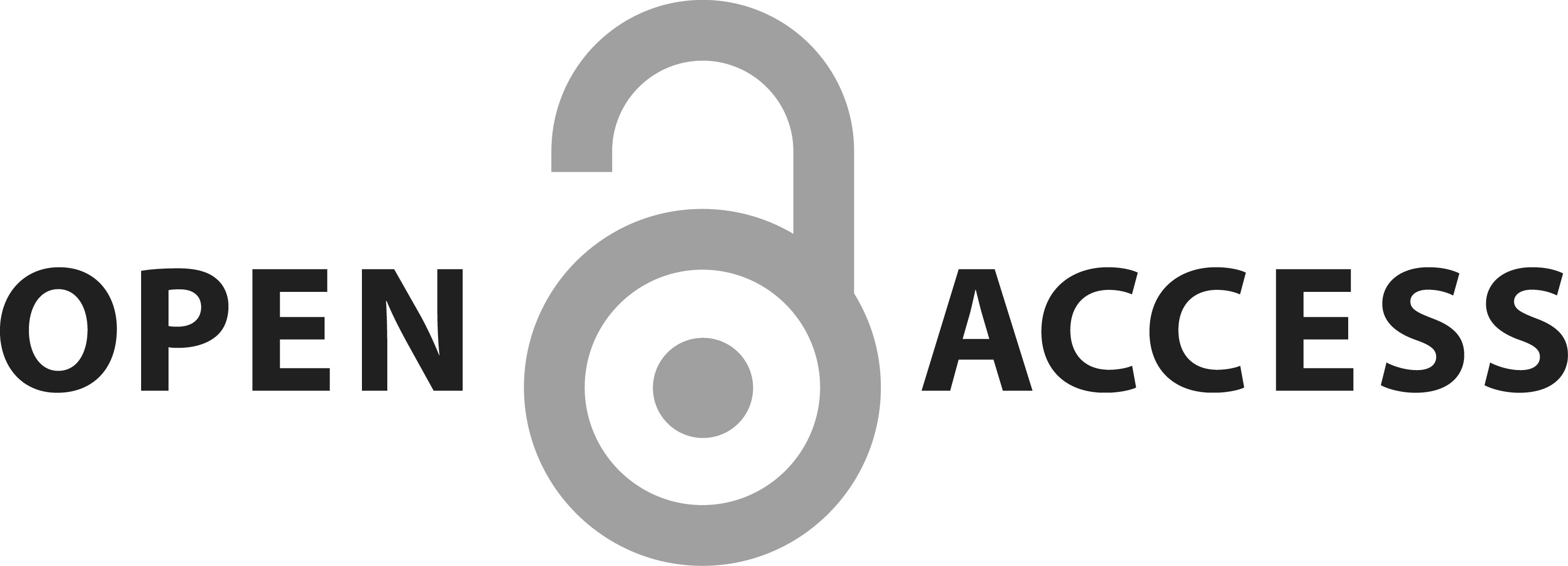A VISUAL ANALYSIS OF THE COMMUNICATION PERSUASIVE FUNCTION IN THE COVERAGE OF THE RUSSIAN FEDERATION VICTORY DAY PARADE
Abstrakt
This article is an attempt to present the visual persuasive mechanisms observed in official communications of the Russian Federation on the example of materials published on the website of the President of Russia (Russian: Президент России) concerning the events related to the Victory Day celebrations. After Vladimir Putin came to power - since the military parade in 2005, i.e. on the 60th anniversary of the end of World War II in Europe - it became the most important national holiday and a high-profile social event in Russia. The material analyzed in this paper illustrates the events that took place in Red Square in 2022, being even more interesting - as the paper’s authors intended- when realizing the historical and geopolitical context in which they were set. The starting point of the conducted visuality analyses was the tradition of Soviet avant-garde art of the first decades of the twentieth century, understood after Wassily Kandinsky as the relationship in which the point and the line remain in relation to the plane (Kandinsky 1986). It has been shown that in the visual messages presented, a conscious and planned management of the observer’s perceptual processes is carried out using these tools (point, line and division of planes). The dynamics of points and lines distribution on the plane, the perspective used, the way the narrative is built, geometrization and symmetry - in our understanding - in terms of visual propaganda mechanisms of strength, power and unity of the Russian Federation.
Bibliografia
Arnheim R. Sztuka i percepcja wzrokowa. Psychologia twórczego oka, wydawnictwo słowo/ obraz terytoria, Gdańsk 2004.
Block B. Opowiadanie obrazem. Tworzenie wizualnej struktury w filmie, telewizji i mediach cyfrowych, Wydawnictwo Wojciech Marzec, Warszawa 2020.
Cialdini R. Wywieranie wpływu na ludzi, Teoria i praktyka, GWP, Gdańsk 2007.
Doliński D. Techniki wpływu społecznego, Wydawnictwo Scholar, Warszawa 2011.
Francuz P. Imagia. W kierunku neurokognitywnej teorii obrazu, Wydawnictwo KUL, Lublin 2021.
Fromm E. Ucieczka od wolności, Vis-a-vis Etiuda, 2021.
Frutiger A. Człowiek i jego znaki, d2d.pl, Kraków 2010.
Henderson G., Braun M. Propaganda and rhetoric in democracy. History, theory, analysis, Southern Illinois University Press, 2016.
Kandyński W. Punkt i linia a płaszczyzna. Przyczynek do analizy elementów malarskich, Państwowy Instytut Wydawniczy, Warszawa 1986.
Laskin A. Defining propaganda: A psychoanalytic perspective, Communication and the Public, vol 4, Issue 4. 2019; https://journals.sagepub.com/doi/10.1177/2057047319896488
Wimmer M., Przestrzeń jako tworzywo sztuki, Akademia Sztuk Pięknych im. Władysława Strzemińskiego w Łodzi, Łódź 2021.
Mączyńska-Frydryszek A., Psychofizjologia widzenia, PWSSP, Poznań 1991.
Młodkowski J. Aktywność wizualna człowieka, PWN, Warszawa 1998.
Rose G., Interpretacja materiałów wizualnych, Krytyczna metodologia badań nad wizualnością, PWN, Warszawa 2015.
Strzemiński W., Teoria widzenia, Muzeum Sztuki w Łodzi, Łódź 2016.
Turowski A., Wielka utopia awangardy. Artystyczne i społeczne utopie w sztuce rosyjskiej 1910-1930, Państwowe Wydawnictwo Naukowe, Warszawa 1990.
Copyright (c) 2022 Zofia Władyka-Łuczak, Karolina Dobrosz

Utwór dostępny jest na licencji Creative Commons Uznanie autorstwa – Na tych samych warunkach 4.0 Miedzynarodowe.

